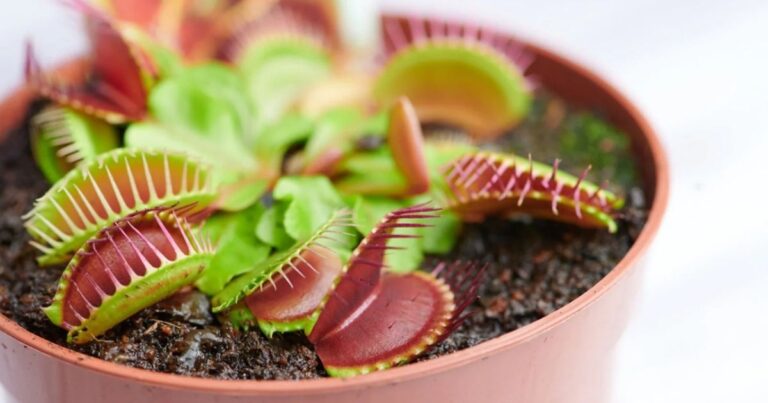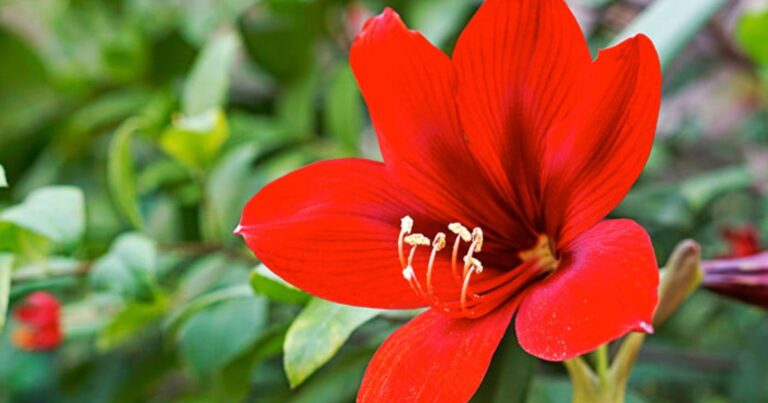Guide About Foam Flower Plant Care, Planting & Growing
The foam flower plant (Tiarella cordifolia), a perennial favourite among gardeners who appreciate both beauty and ease of care. While their frothy blossoms and vibrant foliage may capture your heart at first glance, understanding how to properly cultivate these charming plants can transform your garden into a veritable oasis.
In this article, I will cover foam flower care, planting, and growing. You need to know about this delightful species. From selecting ideal planting conditions to mastering watering techniques and pest management, you’ll gain valuable insights that will empower you as a gardener.
What Is a Foam Flower plant?
The Foam Flower, scientifically known as Tiarella, is a perennial favourite among garden enthusiasts for its delicate charm and versatility. Thriving in the dappled shade of woodlands, this hardy plant features lush, deep green foliage that forms a captivating backdrop for its exquisite floral displays.
In spring it bursts into bloom with frothy clusters of tiny white or pink star shaped flowers that seem to dance atop slender stems, creating an enchanting spectacle reminiscent of a soft cloud hovering above the ground.

Where To Plant Foam Flower?
Planting foam flowers, it is essential to select a well-draining soil enriched with organic matter, as these perennial favourites prefer moisture but detest being waterlogged. By amending the soil with compost or leaf mould, you promote healthy growth and increase the plant’s resilience against pests and diseases.
Timing your planting can significantly impact your success. Spring or fall offers the best conditions for foam flower transplantation; cooler temperatures help to establish their roots before the stress of summer heat hits.
How To Grow Foam Flower?
Selecting a planting site ensures that the soil is well-draining and rich in organic matter; incorporating leaf mulch or compost can promote healthy root development. Foam flower enjoys slightly acidic to neutral pH levels, so a soil test might be beneficial to achieve optimal growth.
Watering should be consistent but moderate during dry spells when they might require extra moisture. Regularly thinning out surrounding foliage allows these delicate plants to receive sufficient air circulation and sunlight.
Foam Flower Care
They thrive in partial to full shade, it is essential to provide well-draining soil rich in organic matter this foundation supports their lush foliage and delicate blooms. Consider incorporating mulch around the base of the plants; it not only retains moisture but also regulates soil temperature, promoting healthy growth throughout various seasons.
Aspect of foam flower care involves its strategic companion planting. These plants coexist harmoniously with other shade lovers like hostas and ferns, creating a layered effect that enhances visual interest while fostering a thriving ecosystem for beneficial insects.

Regular deadheading can encourage prolonged flowering periods and promote bushier growth, ensuring your garden remains vibrant from spring through summer. Remember to keep an eye out for potential pests, identifying issues early ensures your foam flowers continue to flourish year after year without major disruptions.
Uses Of Foam Flower
- Ground Cover: Their dense growth habit makes them an excellent choice for ground cover in shaded areas, helping to suppress weeds and prevent soil erosion.
- Pollinator Friendly: With their delicate blooms attracting bees and butterflies, foam flowers play a vital role in supporting local ecosystems.
- Container Gardening: These perennials thrive in pots, adding elegance to patios or balconies while providing a burst of texture and colour.
- Shade Gardens: A perfect fit for shady spots, their adaptability allows gardeners to transform dimly lit areas into vibrant floral displays.
- Cut Flowers: Foam flowers can be included in cut flower arrangements, offering unique heights and textures that enhance floral designs.
- Companion Planting: When paired with other shade-loving plants like hostas or ferns, they create harmonious combinations that boost overall garden aesthetics.

- Soil Improvement: Their deep root systems contribute to improved soil structure by enhancing aeration and water retention.
- Wildlife Habitat: Foam flowers help foster biodiversity by providing habitat for various small creatures amid larger landscaping!
- Seasonal Interest: They provide visual interest throughout seasons; lush foliage in summer changes subtly with fall’s colourful foliage an all season treat!
- Crafts & DIY Projects: Dried foam flower blossoms can be utilised in homemade decorations or as natural elements in craft projects due to their unique shapes and textures.
Fun Facts And Tips For Foam Flower
- Foam Flower Varieties: There are several species of foam flower (Tiarella), each bringing its unique charm to the garden. The most common one, Tiarella cordifolia, boasts charming heart-shaped leaves and delicate white to pink flowers.
- Ideal Growing Conditions: These plants thrive in partial to full shade and prefer consistently moist but well-drained soil, making them perfect for woodland gardens or shaded areas where other flowers may struggle.
- Attract Pollinators: Foam flowers are not just visually appealing; their blooms attract bees and butterflies, helping support local ecosystems. Planting a variety of these with other flowering companions can create a buzzing haven.
- Foliage Interest: Beyond their spring blooms, the foliage is often striking year-round. Many varieties exhibit beautiful autumn colours that add depth to your garden even as summer fades.

- Low Maintenance Gem: Once established, foam flowers require minimal care. Regular watering during dry spells is sufficient, making them an excellent option for novice gardeners or those seeking low-maintenance landscapes.
- Propagation Tips: Consider propagating foam flowers by division every few years; this not only encourages growth but allows you to expand your garden effortlessly.
- Soil Health Benefits: By planting foam flowers, you’re promoting soil health. These perennials help stabilise soil with their robust root systems while preventing erosion in shaded spots.
Foam Flower Vs Tickseed Plant
Foam flowers, with their delicate star-shaped blossoms, often create an enchanting ground cover that thrives in partial to full shade. Their airy flower spikes bloom in spring, attracting early pollinators like bees and hummingbirds while blanketing the soil with lush foliage.
Tickseed plants thrive under full sunlight and are celebrated for their vibrant yellow and gold flowers that dance above slender stems from summer into fall. Not only do they boast a longer blooming season than foam flowers, but they also require significantly less maintenance once established.
Conclusion
Foam flower plants are a delightful addition to any garden, offering unique foliage and charming blooms that thrive in various conditions. By understanding Foam flower care requirements, such as optimal light exposure, soil preferences, and watering needs, you can ensure your plants flourish beautifully.
Regular maintenance practices like pruning and pest management will also promote healthy growth and vibrant displays. Whether you’re planting them in shady spots or using them as ground cover, these versatile perennials can enhance your landscape with minimal effort.







